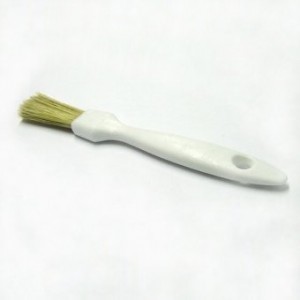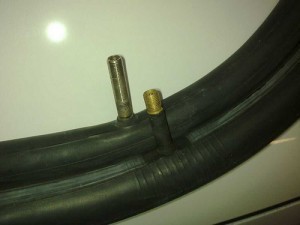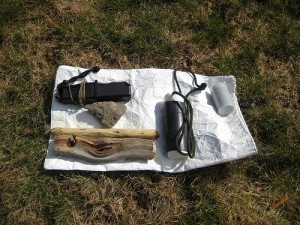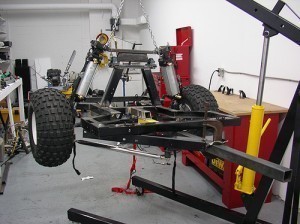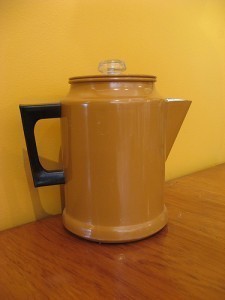Bevel Washer Dimensions
There are many bevel washer dimensions. They are measured by the length, width, depth, thickness and bolt diameter.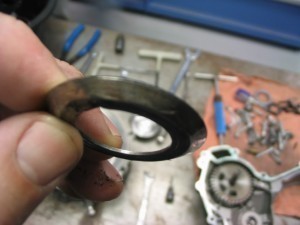
Size Guide
Examples would be 1-1/4 x 1-1/4 x 11/32 x 5/32 x 3/8. Others would be 2 x 2 x 9/16 x 7/32 x 1. In both of these examples, the sizes are measured by length x width x depth x thickness x bolt diameter. Most of these are shipped by weight by piece.
Overview
This washer is a piece of hardware. It is designed for fastening devices and different types of bolts. This is not the same as a traditional washer. The traditional type has flat sides. The surfaces are also parallel. The beveled type has one flat side and one that is sloped. The face can be modified to the bolt angle. This is necessary in some cases to fix any errors within the object or the structure.
Purpose
No matter what the bevel washer dimensions are, the purpose is the same. They are used for leveling or shimming an object that is misaligned. This ensures that the bolt or fastener will be tightly fitted to the encompassing structure. This will produce a steady connection.
In a metal construction the washer is utilized so they can meet local building codes. It is particularly useful for fastener alignment. A typical beam has flanges which slope a bit. When a washer is placed between a bolt and flange, the hardware permits the bolt head to stay parallel to the flange. This is required by building codes.
Features
Because the washers are beveled, they have to be installed properly. This is needed so they will meet the application requirements. The face has to be installed facing the bolt head. This configuration will reduce the stress or force on a specific part of the fastener. If it is reversed and the bevel does not face the bolt, the hardware will be able to spread force weight more uniformly across the whole structure.
Selecting a Washer
Bevel washer dimensions have to be considered if you are going to buy one. But beyond that, you should also think of the material. Washers made of iron are known for their malleability. They are also very flexible when it comes to contraction and expansion.
The steel variants are the most durable. These are the ones to use if the application requires strength. Stainless steel is best for applications that will face chemicals.
